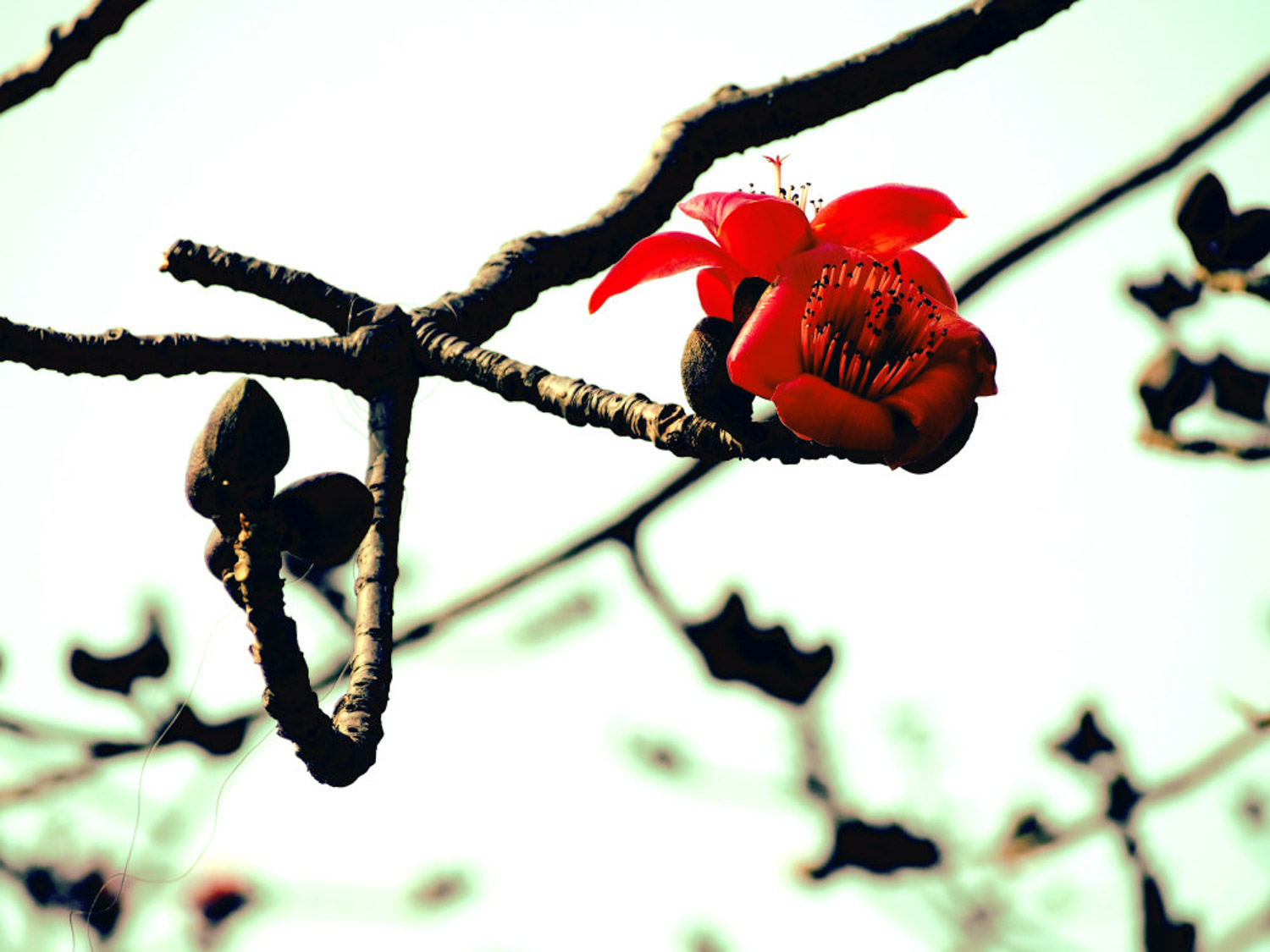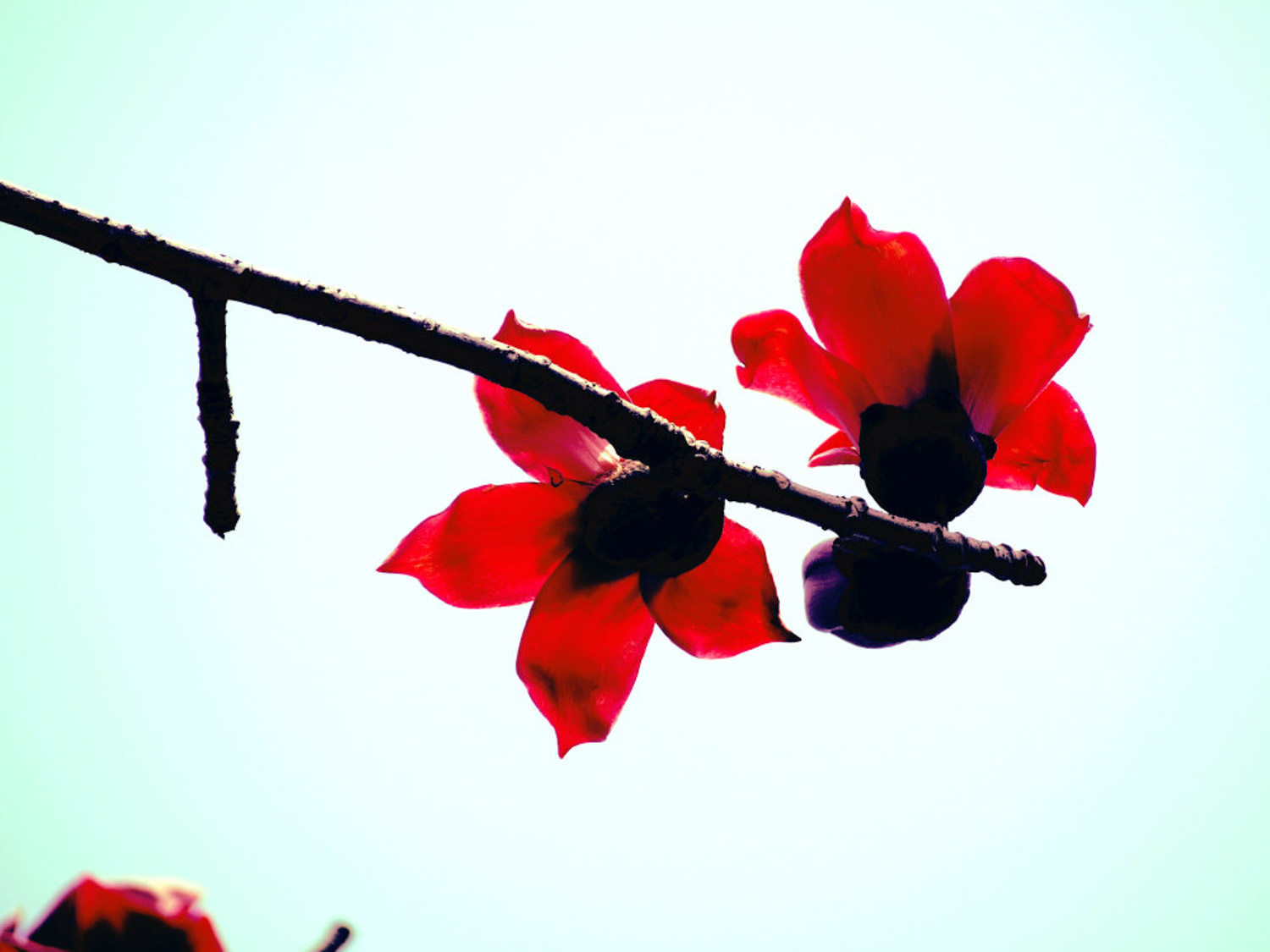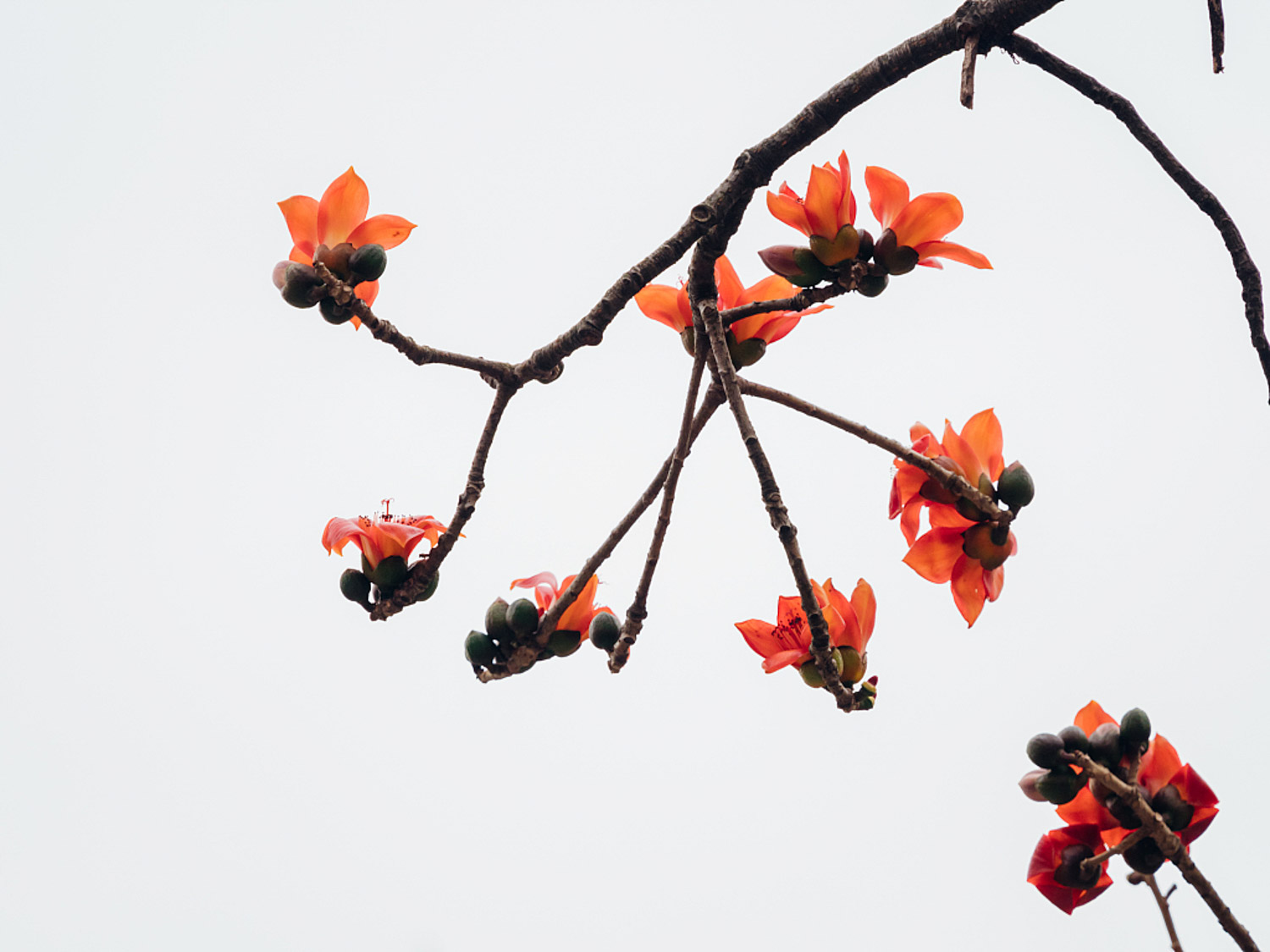1、 Curing method
1. Matrix selection: the selection of soil shall be acidic and able to endure arid environment. Both sandy soil and clay can be used. The requirements for soil are not strict. You can use sandy soil for breeding, and you can also tolerate the harsh living environment
2. Light management: it likes to grow in sunny places and is not resistant to shade. It is very suitable for planting in sunny places

3. Temperature management: it likes high-temperature environment, and its cold resistance is relatively low, but the branches will be frozen under the low temperature of 5 ~ 8 ℃ for a long time, and the temperature cannot be lower than 10 ℃, and it can endure the high temperature in summer
4. Nutrient management: when planting, use rotten cake fertilizer as base fertilizer. In the pre flowering and flowering period, phosphorus and potassium fertilizer should be applied to make it bloom luxuriantly and its color will be more bright

2、 Breeding skills
1. Winter: in winter, it should be moved into a greenhouse or indoor. The room temperature should not be lower than 10 ℃, and it will be better to live in a sunny place
2. Natural reproduction: after the kapok tree grows fruit by using natural forces, it will naturally crack on the branches, and the oval seeds and white cotton wool inside will disperse with the wind, and then they will reproduce themselves

3、 Diagnosis and treatment problems
1. Stem rot: the whole trunk is rotten and blackened. The place where the disease occurs needs to be removed to prevent the spread of infection, and then the multi fungus liquid is used for control
2. Beetles: you can catch them with a black light lamp or spray dimethoate after 5 o'clock in the evening

4、 Other issues
1. How long is the flowering period: February and March of each year are the season when kapok is in full bloom. When kapok is in full bloom, it means the coming of spring. Kapok has strong ornamental value and is the benchmark of street trees
2. Whether it can be planted in the ground: it can be planted in the ground. Kapok trees belong to tropical plants and are not suitable for survival in cold areas. They can be planted in greenhouses


 jackfruit
jackfruit snake plant
snake plant hibiscus
hibiscus hydrangea
hydrangea lavender
lavender Green roses climb al...
Green roses climb al... If you don't pay att...
If you don't pay att... Management of four g...
Management of four g...

































